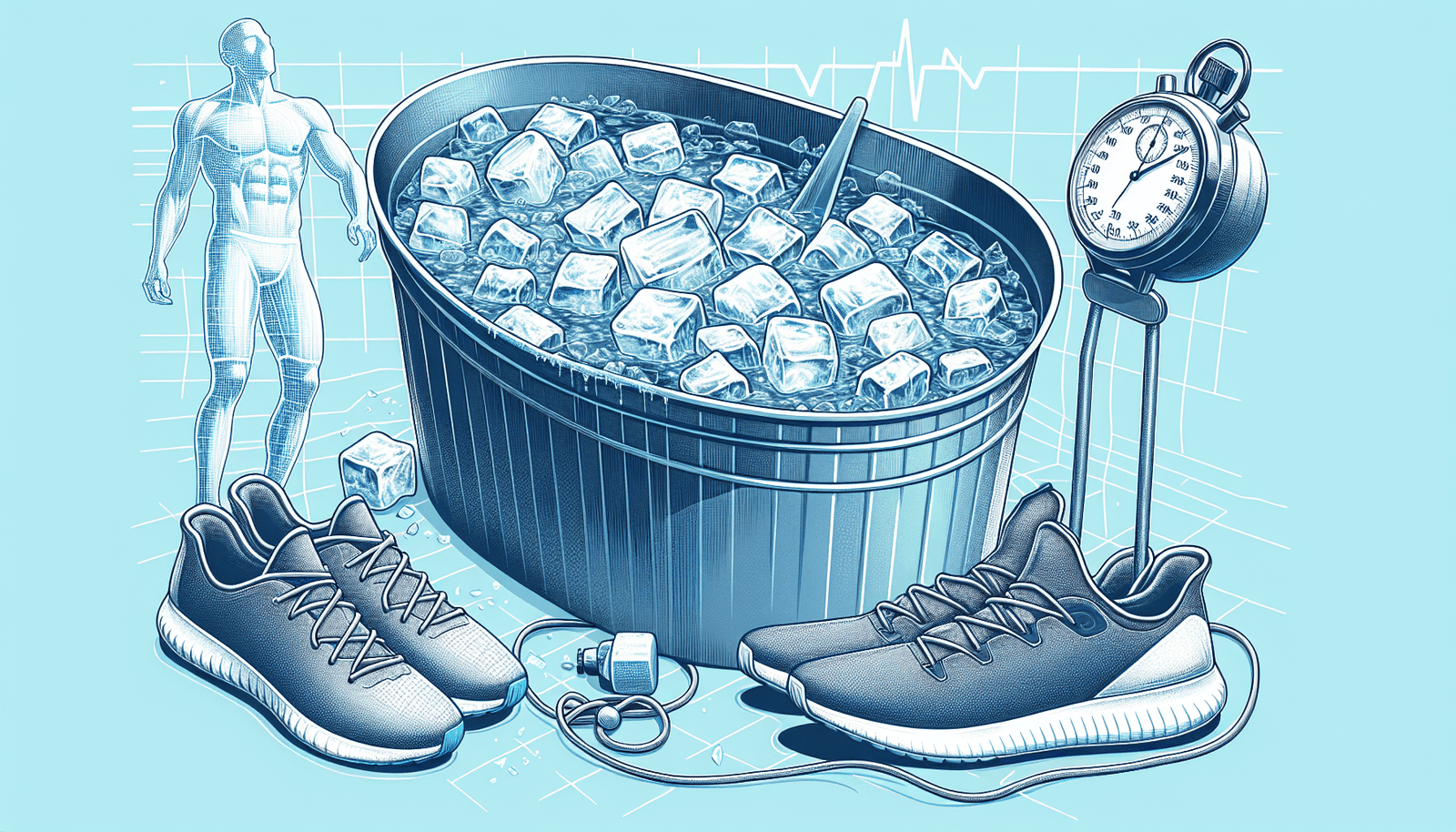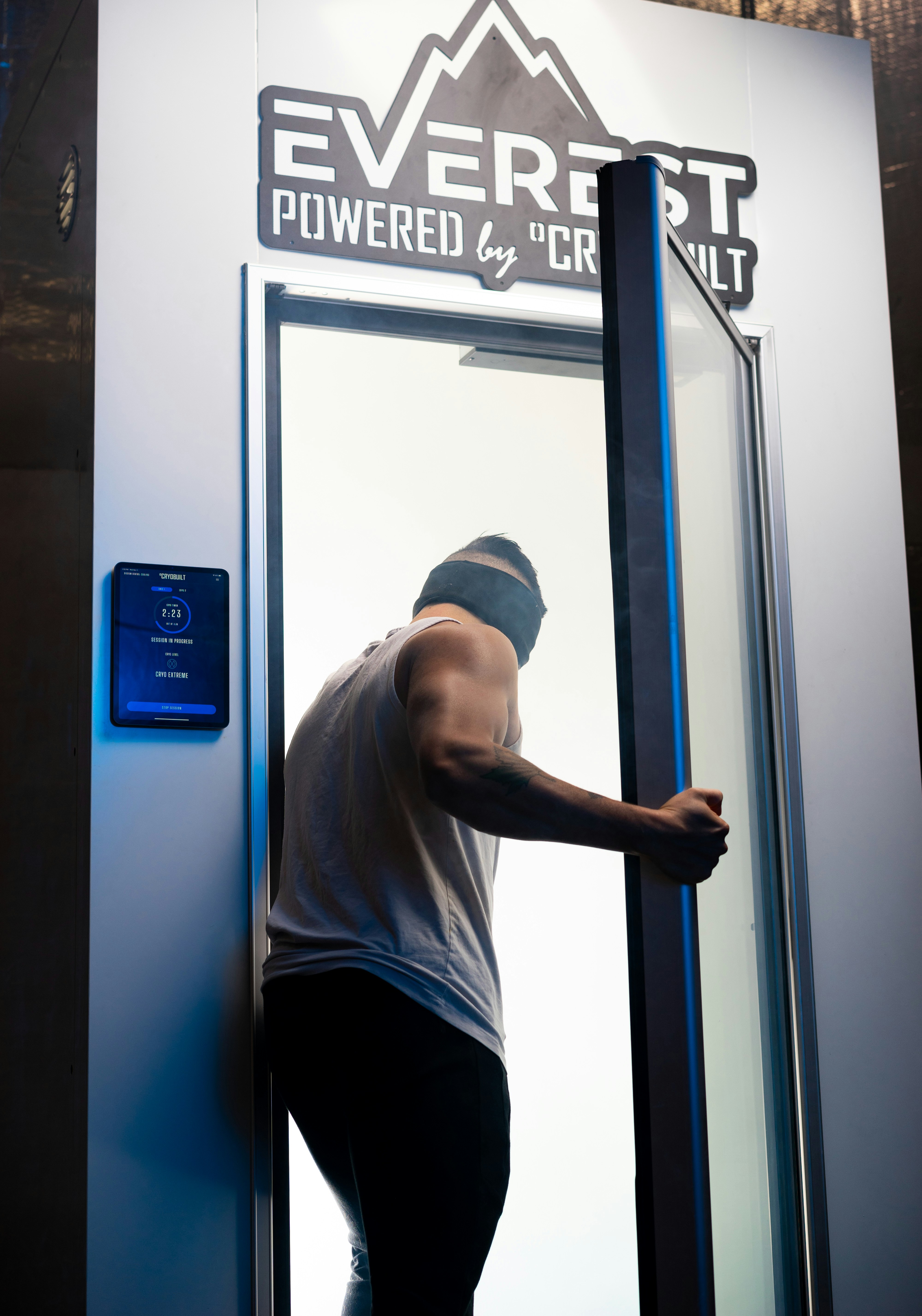What if there was a simple, natural way to enhance your athletic prowess and boost recovery after a tough workout? Imagine plunging into a pool of cold water and emerging not only refreshed but also with a heightened capacity to push your physical limits. In this article, we’ll explore the transformative practice of cold plunges and how they play an integral role in optimizing athletic performance.
Understanding Cold Plunges
Cold plunges, often referred to as cold water immersion or cold baths, involve immersing your entire body in cold water, typically at temperatures below 50 degrees Fahrenheit (10 degrees Celsius) for a short period. They have been a staple in recovery routines for athletes globally, celebrated for their ability to reduce muscle soreness, accelerate recovery, and even enhance mental toughness. But why do they work?
The Science Behind Cold Plunges
Cold plunges leverage your body’s physiological responses to cold temperatures. When you submerge your body in cold water, the immediate reaction is vasoconstriction, where your blood vessels temporarily constrict to conserve heat. This reaction reduces blood flow to the extremities, channeling it more centrally to vital organs. Once you’re out of the cold water, the opposite occurs — vasodilation, where the blood vessels expand, rushes enriched blood and oxygen back to the muscles. This not only helps in flushing out metabolic waste like lactic acid but also aids in delivering nutrients necessary for repair.
How Cold Plunges Benefit Athletes
You’re well aware that being an athlete isn’t just about the time spent actively playing. Recovery is equally critical to ensure you’re at your peak when it counts. Here’s where cold plunges come in handy:
-
Reduced Muscle Soreness: The reduction of muscle soreness is perhaps one of the most immediate and noticeable benefits. Cold temperatures help reduce inflammation and swelling, which can significantly alleviate delayed onset muscle soreness (DOMS) after intense exercise.
-
Enhanced Recovery: By reducing metabolic waste and boosting nutrient delivery, cold plunges can markedly speed up the recovery process. This means less downtime between high-intensity training sessions or competitions.
-
Increased Alertness and Mood: The shock of cold water triggers the release of endorphins and adrenaline, hormones that enhance mood, increase alertness, and potentially sharpen mental focus during and after workouts.
-
Potential Injury Prevention: By strengthening and conditioning your cardiovascular system through repeated cold exposure, you can enhance resilience against injuries. Cold plunges don’t directly prevent injuries but contribute to a well-rounded recovery routine that keeps your body robust.
How to Integrate Cold Plunges into Your Routine
Are you wondering how to best incorporate cold plunges into your training regimen? Start with understanding your specific needs and limitations. If you’re new to cold exposure, strategic integration is key.
Frequency and Duration
For beginners, it’s advisable to start with shorter durations and gradually increase as you become accustomed to the cold. A typical session can last from 5 to 15 minutes. Here’s a suggested frequency and duration guide:
| Experience Level | Session Duration | Frequency |
|---|---|---|
| Beginner | 5-10 minutes | 1-2 times per week |
| Intermediate | 10-15 minutes | 2-3 times per week |
| Advanced | up to 20 minutes | 3-4 times per week |
Timing of Cold Plunges
The timing of your cold plunge can also affect its benefits. Here are a few scenarios to consider:
-
Post-Workout: Most athletes find that engaging in a cold plunge session immediately after a workout is highly beneficial. It aids in reducing muscle soreness and accelerating recovery.
-
Morning Boost: If your goal is to increase alertness and mood throughout the day, trying a cold plunge in the morning might be ideal.
-
Before Sleep: While less common, some find a short, moderate cold plunge before bed can promote deeper sleep by lowering core body temperature.
Mental Fortitude Through Cold Exposure
Fitness, much like life, is as much a mental game as it is a physical one. Cold plunges foster mental resilience — each deliberate plunge into cold water is a test of willpower and control, building robustness in the face of physical discomfort.
Overcoming Discomfort
Regular cold water immersion conditions your mind to endure discomfort and develop a calm, controlled response. This mental conditioning is invaluable both on and off the field. Facing challenges with calm resilience is a learned skill that can be sharpened with each session.
Boosted Mental Health
It’s not just about grit; cold plunges can improve your mood and reduce anxiety. The flood of adrenaline and endorphins not only sharpens focus but lifts your spirits. Many athletes find this aspect as crucial as the physical benefits, noting the regulation of their emotions leading to increased performance.

Safety Considerations
While cold plunges offer substantial benefits, it’s essential to proceed with caution to avoid adverse effects such as hypothermia or shock.
Gradual Acclimatization
Avoid jumping straight into extended cold exposure; allow your body time to adapt. Start with less extreme temperatures and gradually decrease the water temperature as you become more accustomed to the cold.
Medical Considerations
If you have any pre-existing heart conditions or respiratory issues, consult a healthcare professional before engaging in cold plunges. Always prioritize safety, ensuring someone is present to help if needed.
Proper Technique
Ensure you’re fully submerged to achieve the desired effect, with only your head out of the water if you’re not using a full-body immersion setup. Breath control is also crucial; remaining calm and avoiding hyperventilation helps manage your body’s response to cold water.

Conclusion
Cold plunges are an accessible, natural way to enhance recovery, build mental resilience, and optimize athletic performance. By understanding the physiological and psychological benefits, you can tailor cold immersion to fit your personal needs and goals. Whether you aim to reduce muscle soreness, quicken recovery, or bolster mental toughness, cold plunges present an invigorating addition to your athletic regimen. So, as you gear up for your next training session or competition, consider the power of a cold plunge — a tool that may just become an essential part of your journey to peak performance.




